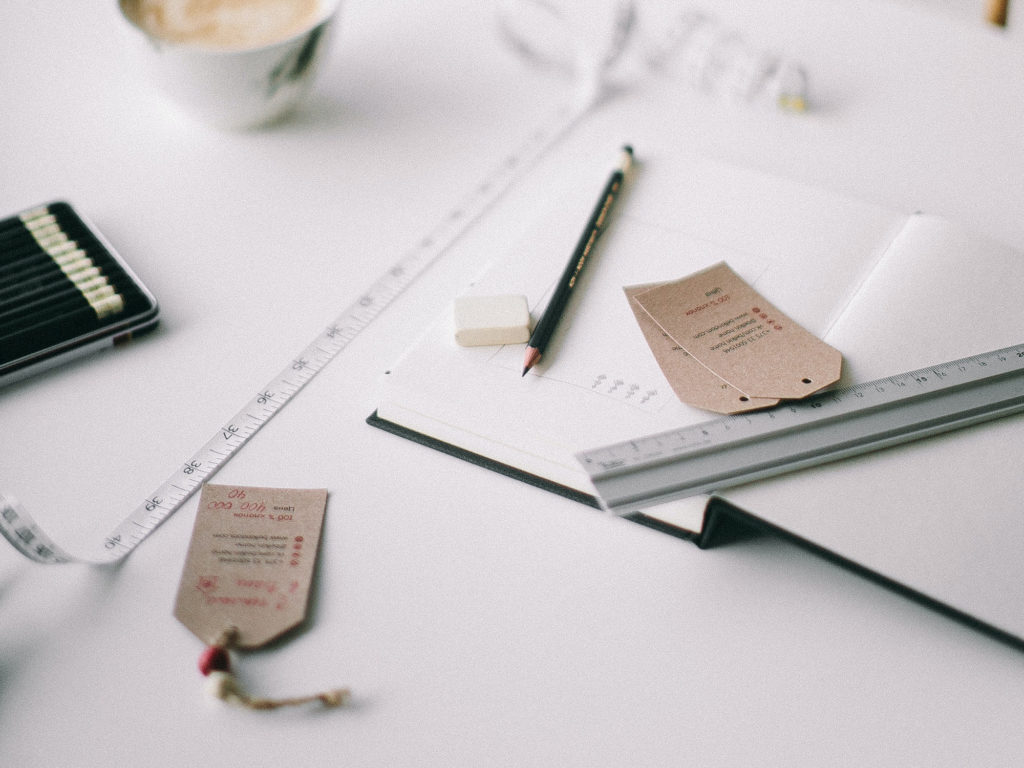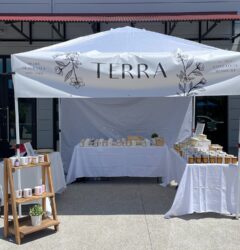
Product pricing is more than just picking a number that sounds good and beginning to open your business from there. It’s based around what does it cost to run your business, combined with how much profit you want to make, plus what’s appropriate for the types of products that you sell. There are many things to consider while deciding on a price for your products, as well as how to calculate those prices. It can be intimidating to get started, so let’s break down for you how to determine product prices for handmade goods.
Research Product Prices
We recommend you look at your competitors first. Look at the average prices for the niche of products that you’re also looking to sell. Be as specific as possible while searching. For example, let’s say that you are selling handmade rugs. This doesn’t mean just ‘rugs’ in general. You’ll want to search what qualities make up your rugs, are they handmade Turkish rugs or naturally dyed handmade rugs in the USA? All of these characteristics help determine the audience of your product and what they are willing to spend.
You can start your research using something as simple as Google. You can also look on social media to find these businesses, as well. A good hack for this is to use hashtags for the specific items you’re searching for. This will lead you to your competitors accounts. A lot of established businesses will have their own website or online store. Browsing these can help determine price averages too.

What to Consider Before Pricing your Products
COGS (cost of goods sold) this includes the materials to create the product, labor cost (will you have future employees?), rent and utilities, packaging costs, will shipping be included in the cost of the product?, and so on. All of these factors will be necessary in helping you determine the price of your product. It is also vital that you keep track of all your expenses. You will want to have an automated system to do that tracking for you. Inventora can help with that!

How to Calculate Product Pricing
First you’ll want to add your variable costs. You’ll do this by adding together everything that is involved in making your product – materials used, production time, packaging, etc.
Once you have that number, you’ll then want to add a profit margin. Most small business owners will want to earn about a 20% margin on their products after variable costs. When considering this percentage, it’s also important to not forget about your fixed costs, as well as the costs of your competitors. To get this number, you’ll take your total variable costs and divide them by 1 minus 20% (your profit margin). You’ll then convert the percentage into a decimal (0.2). Once you have a decimal, you’ll divide 1 minus your profit margin as a decimal). So visually, it would look like the following:
(Variable cost per product) / (1 – profit margin as a decimal) = Price of your Product
Another consideration before you do your final calculation... don’t forget your fixed costs! Fixed costs are costs that you will always have. A great example of this would be rent or insurance. These are typically monthly payments that you will have consistently. Although this doesn’t necessarily have to be part of the equation above, it is an important note to consider while determining the final price of your products.
This calculation isn’t a set-in-stone standard that shops use, but it’s a good start or path to follow if you’re truly unsure.
Test the Waters
Lastly, don’t be afraid to play with these numbers a little. Allow yourself to trial and error this price point you’ve set. Prices can always be adjusted! It’s likely that the first price you come up with won’t be the one you stick to. Your prices will also need adjust with the season and demand. So, it’s completely okay to adjust these numbers from time to time.
Figuring out how to determine your product prices is a fairly simple task, but it ultimately does set the tone for your products and how they are perceived. The last note we will leave you on is this: the most important thing to consider when product pricing is fairness. Always remember to ask yourself after you’ve priced something if the number is justifiable. Would you buy your product at its price point? If the answer is yes, you’re off to a great start!
Have more questions about how to determine product prices for handmade goods? Ask us in the comments or send us a DM on Instagram!


